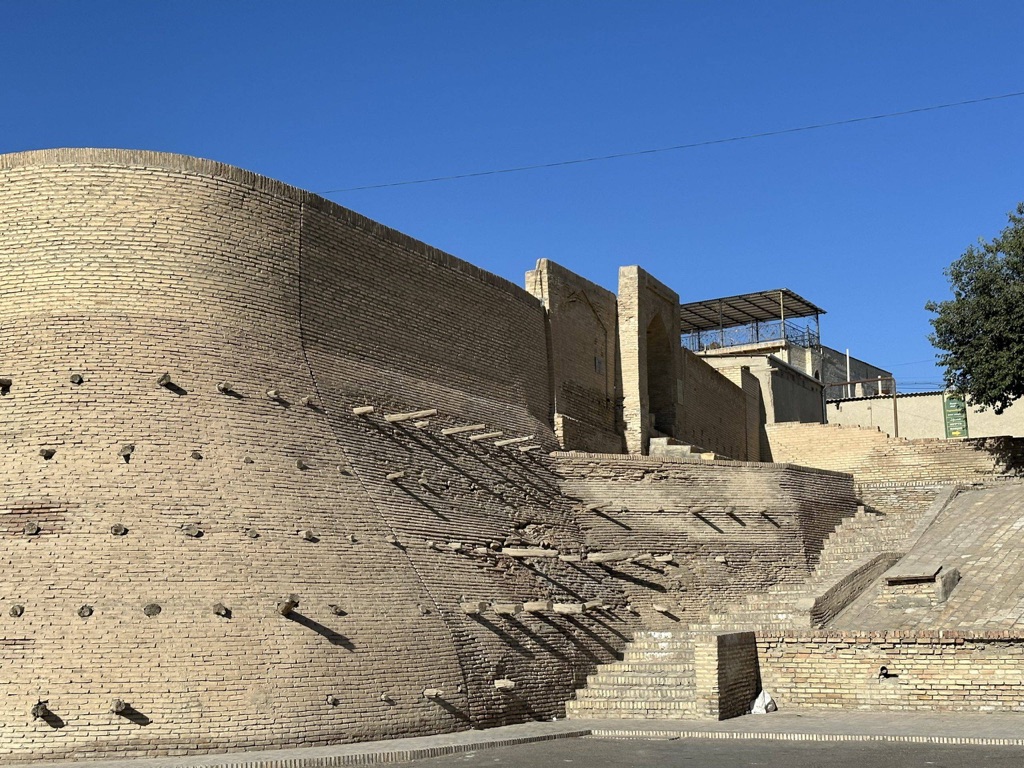The Ark of Bukhara is a massive fortress located in the city of Bukhara, Uzbekistan. Known to be one of the oldest surviving strongholds in Central Asia, it has been a symbol of power and authority for centuries. The Ark has witnessed the rise and fall of many dynasties and empires, serving as a royal residence for rulers and their courts. Its architecture is a testament to the rich cultural heritage of the region, featuring a blend of various styles that evolved over the centuries. Today, the Ark of Bukhara stands as a historical monument, attracting tourists from around the world.
Get your dose of History via Email
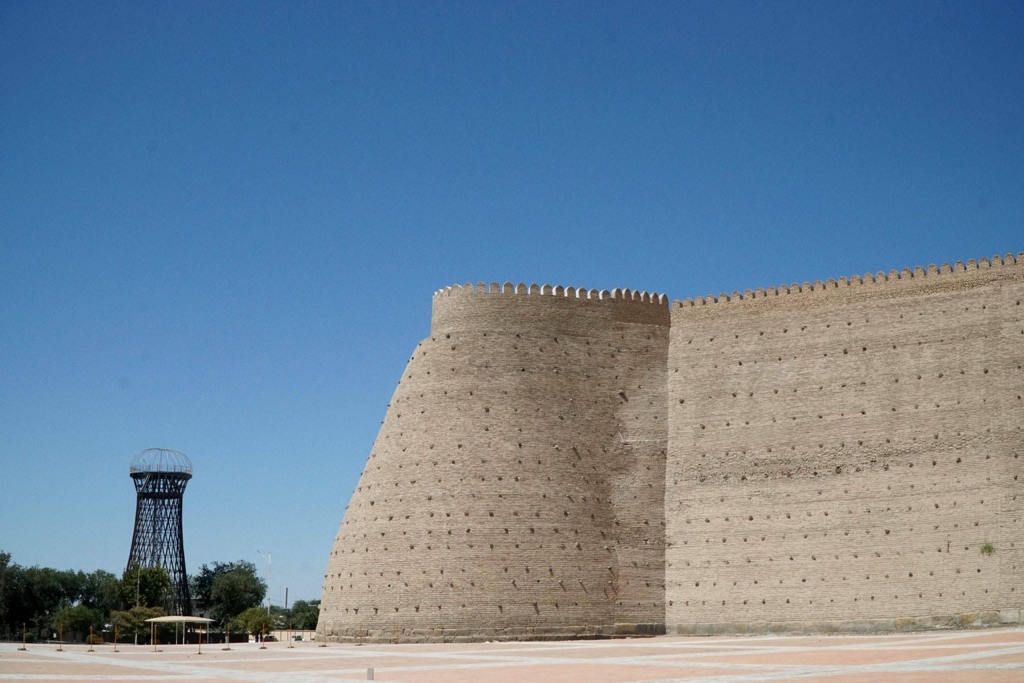
What is the historical significance of the Ark of Bukhara?
The Ark of Bukhara holds immense historical significance. It is believed to have been initially constructed in the 5th century AD, and it has served as a stronghold for various rulers throughout history. The Ark was not just a military fortress but also a town within a town, housing numerous palaces, temples, and administrative buildings. It was the seat of government for the rulers of Bukhara and their courts, making it a center of political power and decision-making. Over the centuries, the Ark has witnessed significant historical events, including invasions, political upheavals, and cultural shifts. Its historical significance is further enhanced by its survival through the tumultuous periods of history, making it a living testament to the past.
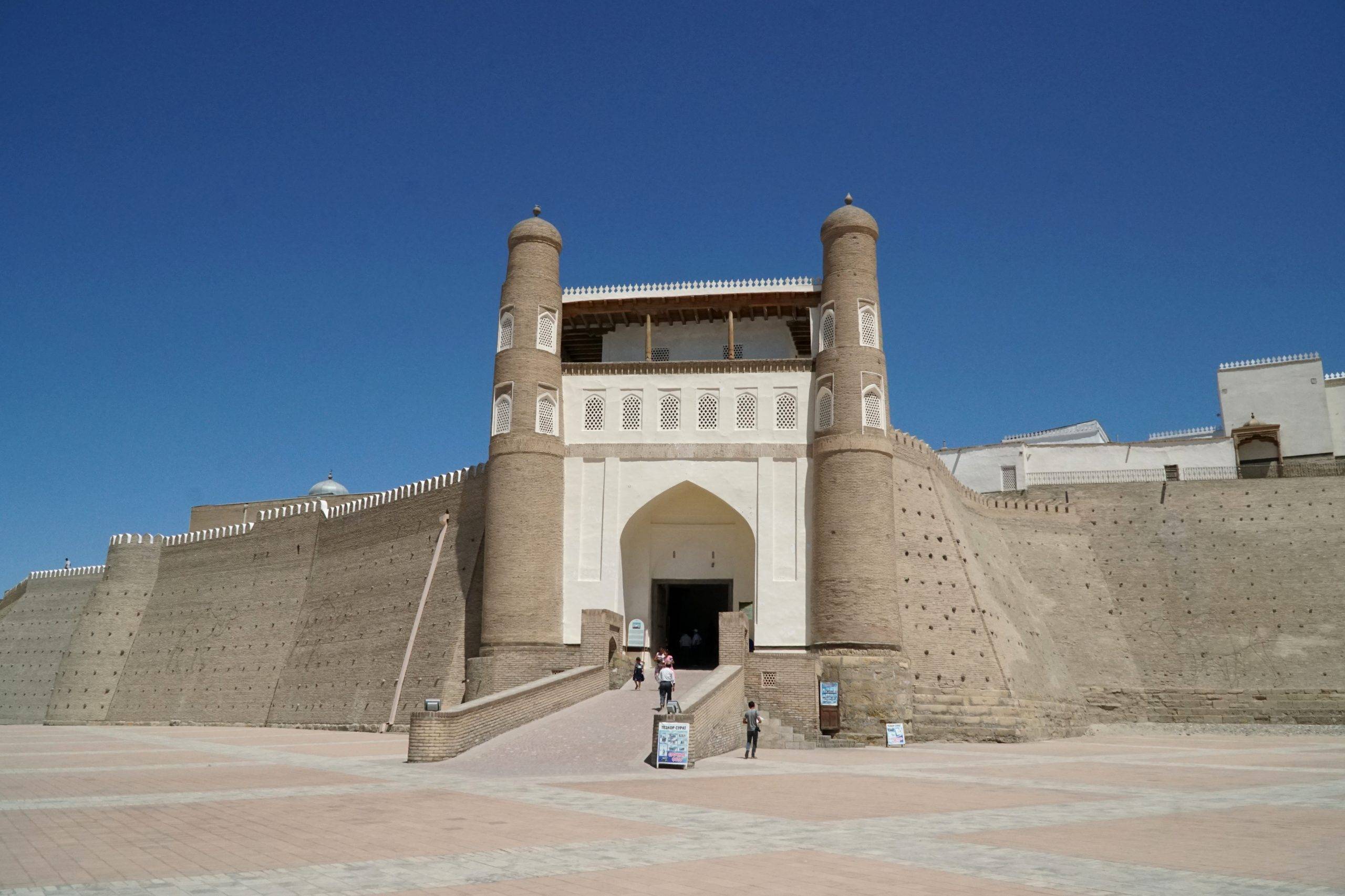
What architectural styles and features can be seen in the Ark of Bukhara?
The Ark of Bukhara is a marvel of architectural design. It showcases a blend of various architectural styles that evolved over the centuries. The Ark’s architecture is predominantly Islamic, featuring elements such as domes, minarets, and intricate tile work. However, it also displays influences from other cultures, such as the Mongols and Persians. The fortress is made of baked bricks, and its walls are up to 20 meters high. Inside, the Ark houses numerous buildings, including palaces, mosques, and barracks, each with its unique architectural features. The overall design of the Ark reflects the rich cultural heritage of the region and the various influences that shaped it.
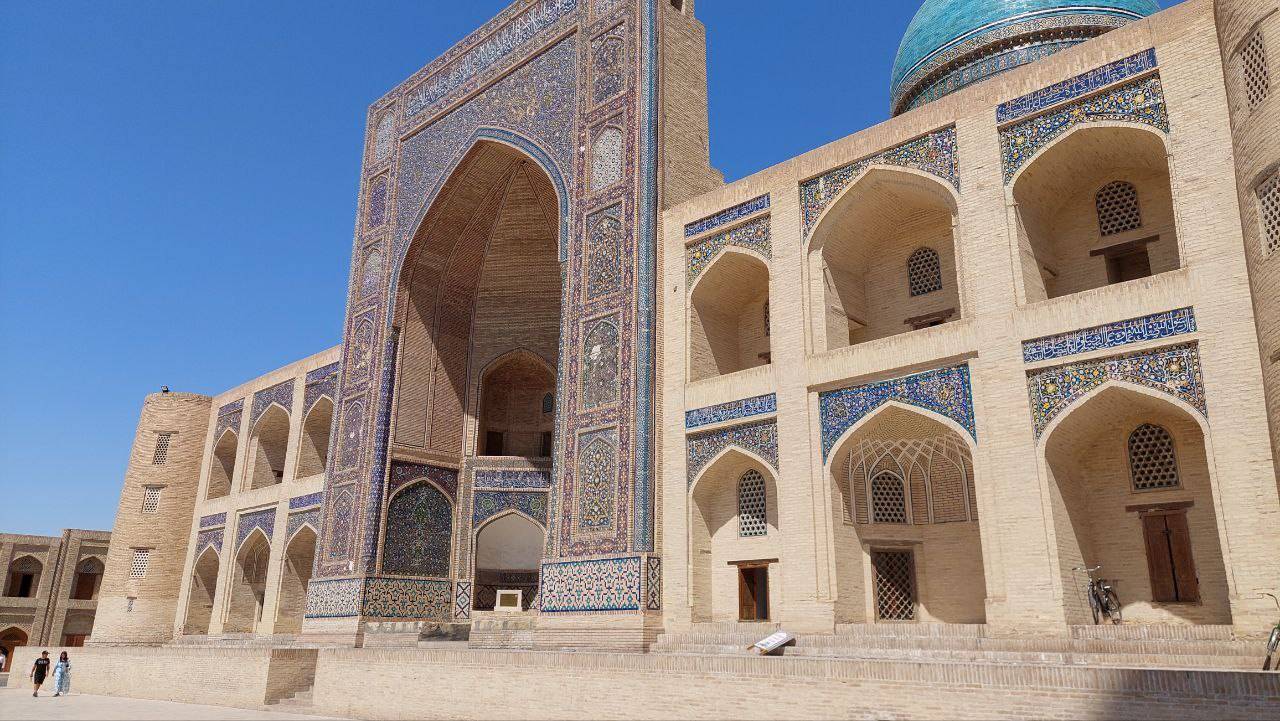
Who built the Ark of Bukhara and why was it constructed?
The exact origins of the Ark of Bukhara are shrouded in mystery. It is believed to have been initially built in the 5th century AD, but it has been expanded and modified by various rulers over the centuries. The Ark was primarily constructed as a royal residence and a stronghold for the rulers of Bukhara. It was designed to be a self-contained city within a city, housing not only the royal court but also a large number of administrative and residential buildings. The construction of the Ark was a symbol of power and authority, reflecting the might of the rulers who built it.
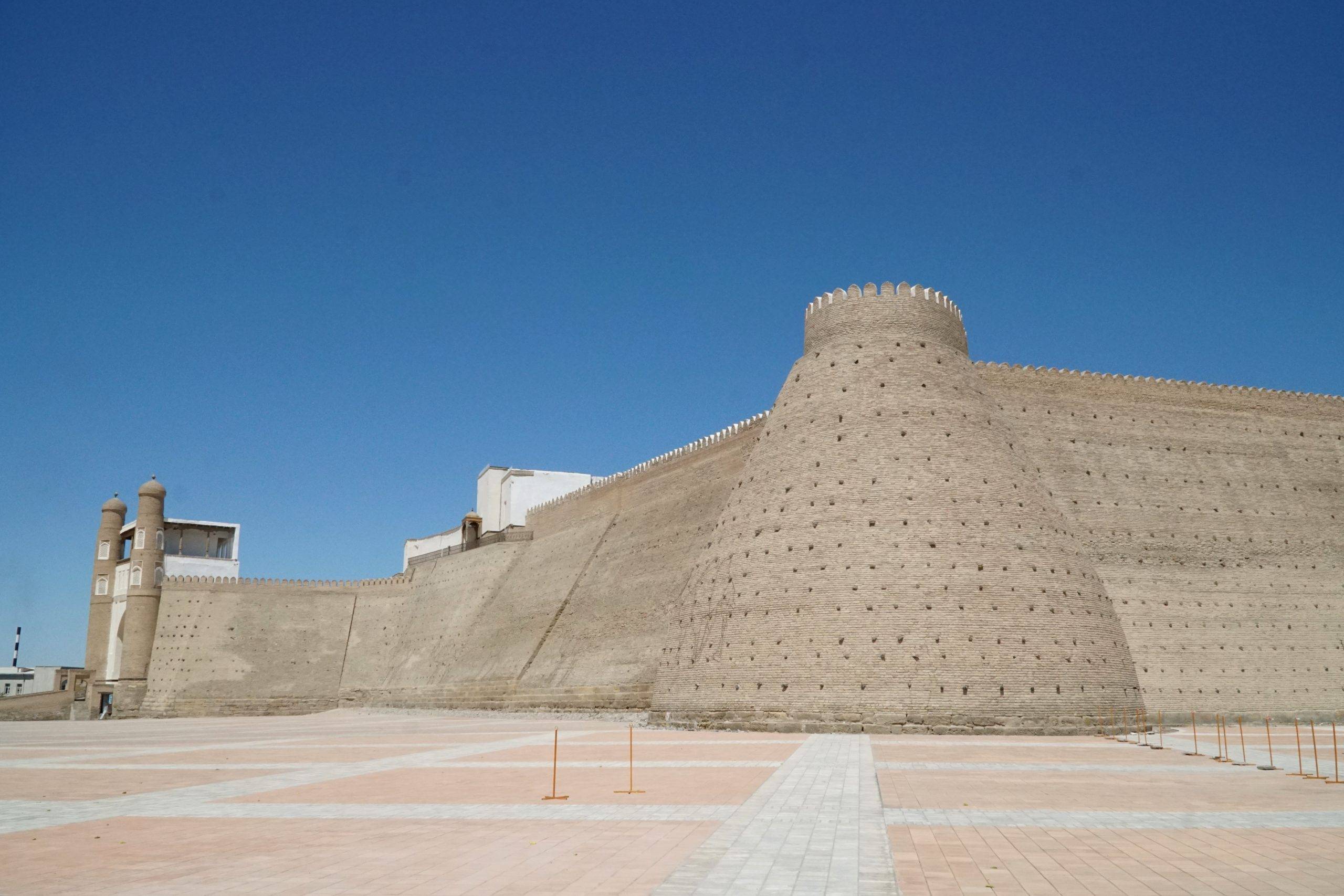
What events led to the destruction and rebuilding of the Ark of Bukhara throughout history?
The Ark of Bukhara has been destroyed and rebuilt several times throughout history. One of the most significant events was the invasion by the Mongols in the 13th century, which led to the destruction of much of the Ark. However, it was later rebuilt by the rulers who succeeded the Mongols. The Ark was again severely damaged during the Russian conquest in the 19th century. The Russian bombardment led to the destruction of many of the Ark’s buildings, including the royal palace. However, the Ark was once again rebuilt and restored, and it continues to stand as a symbol of the city’s resilience.
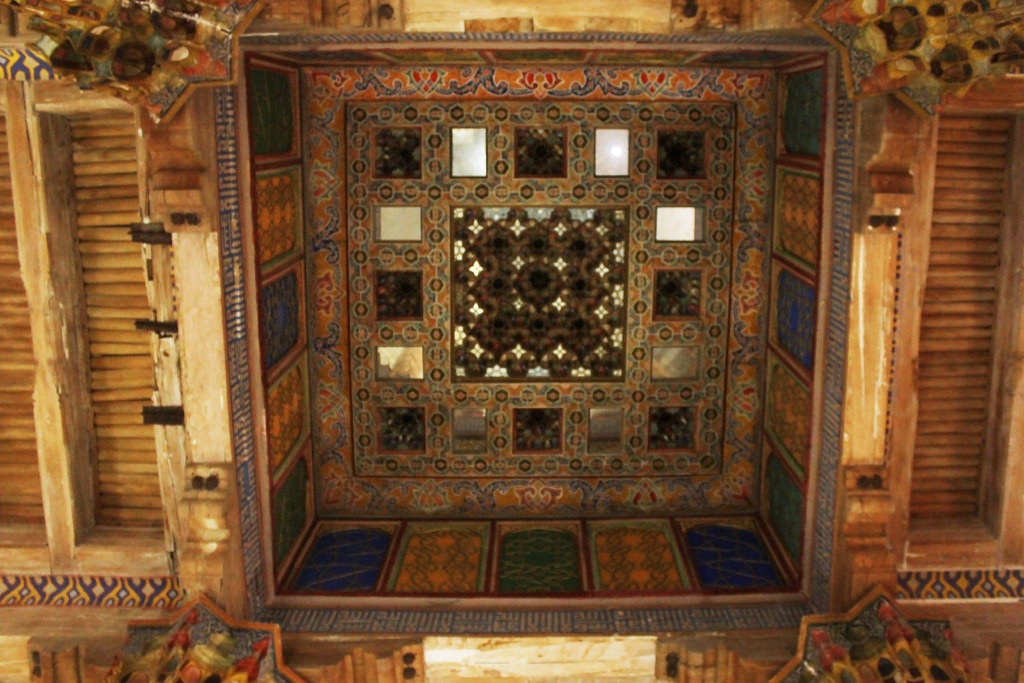
What artifacts or treasures are housed within the Ark of Bukhara?
The Ark of Bukhara houses numerous artifacts and treasures that reflect the rich cultural heritage of the region. These include ancient manuscripts, ceramics, textiles, and other historical artifacts. The Ark also houses a museum, which displays a collection of items from the region’s history, including weapons, armor, and household items. Additionally, the Ark is home to several important religious sites, including mosques and mausoleums, which contain valuable religious artifacts.
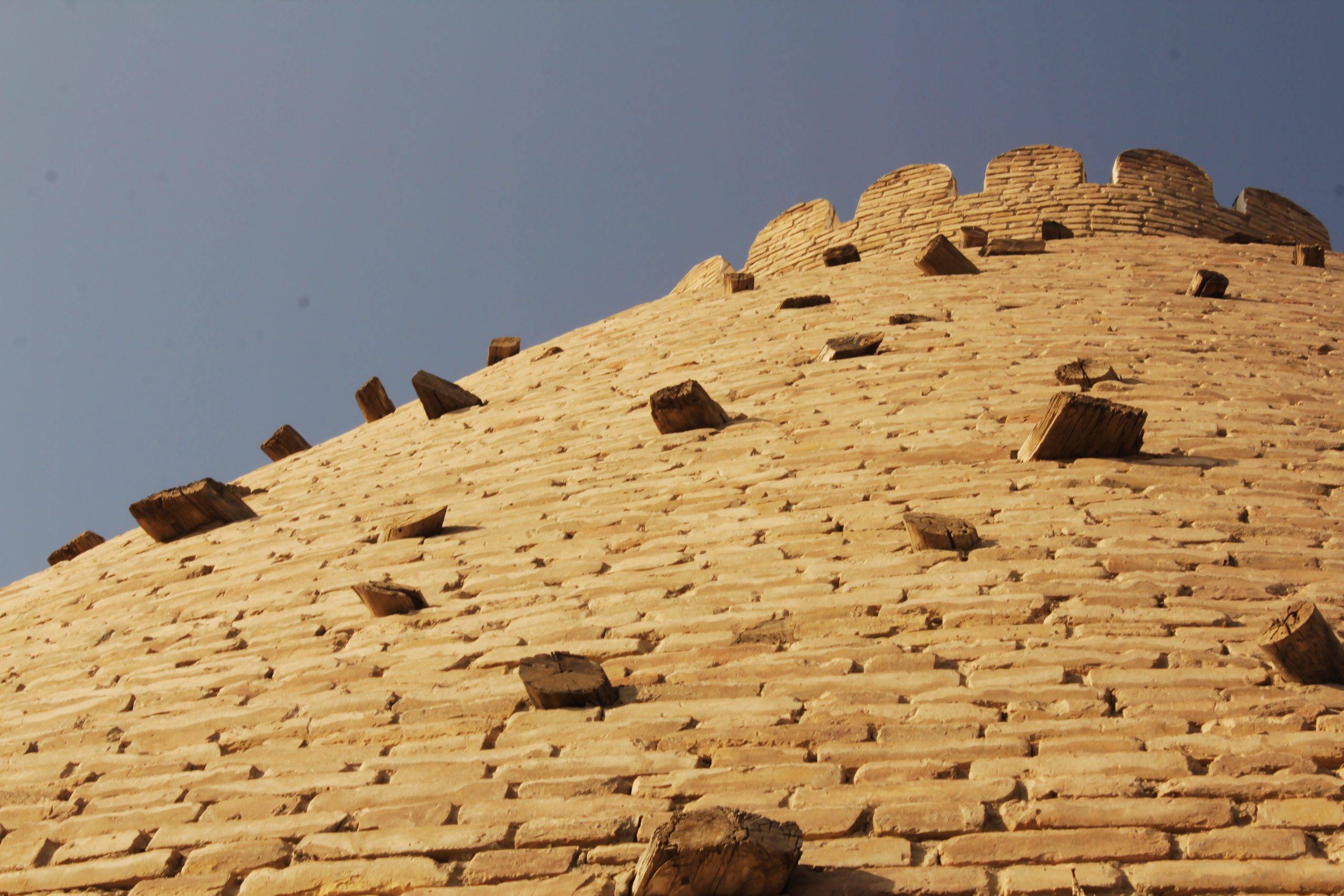
Conclusion and Sources
In conclusion, the Ark of Bukhara is a significant historical and architectural landmark. Its rich history, unique architecture, and the treasures it houses make it a must-visit for anyone interested in Central Asian history and culture.
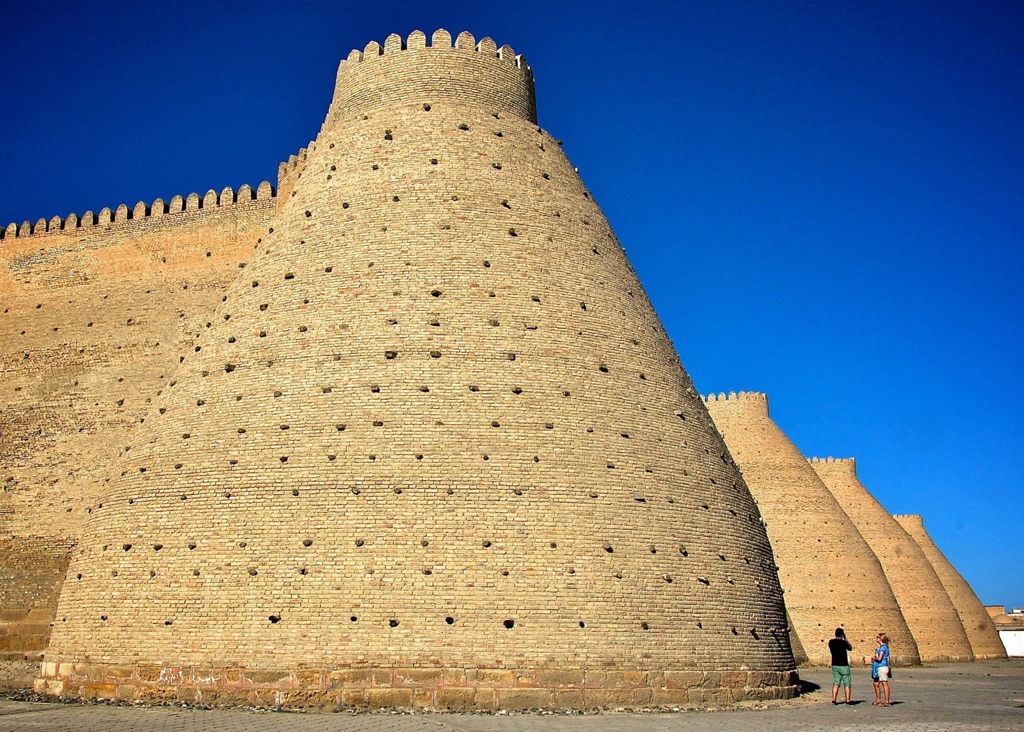
For further reading and to verify the information provided, the following sources are recommended:

